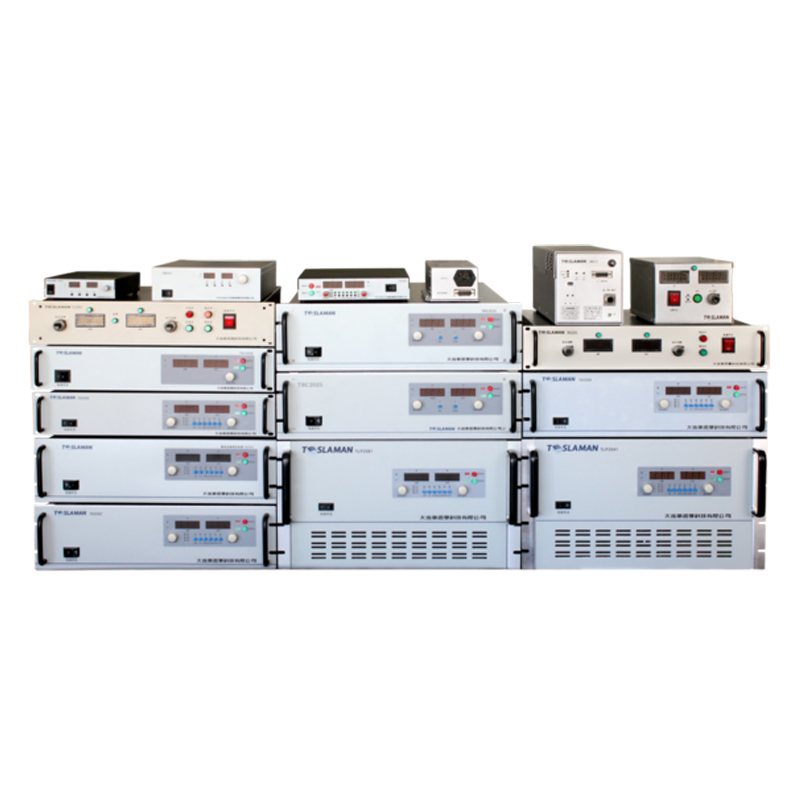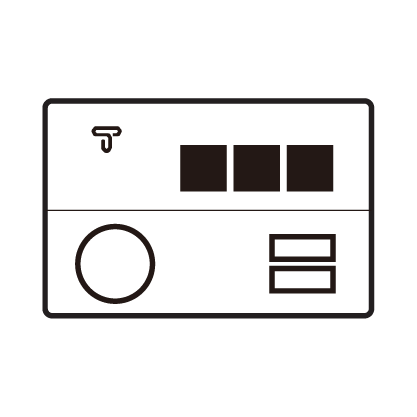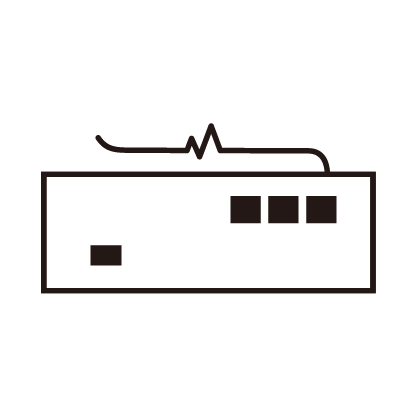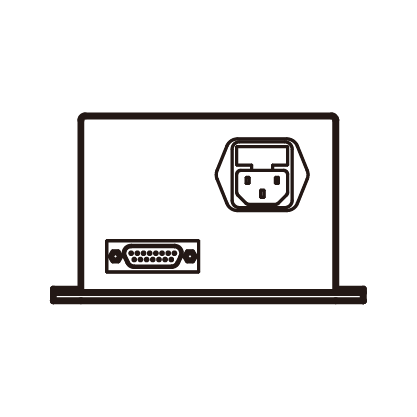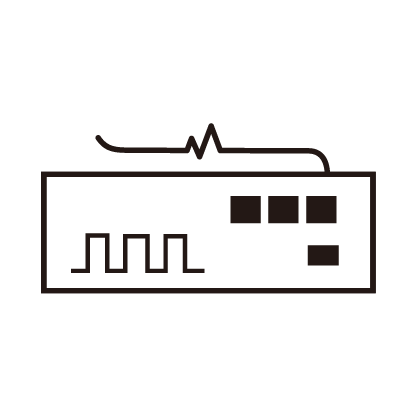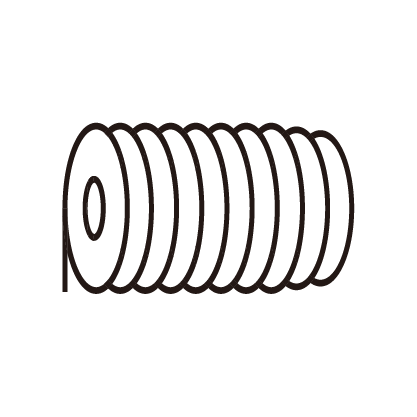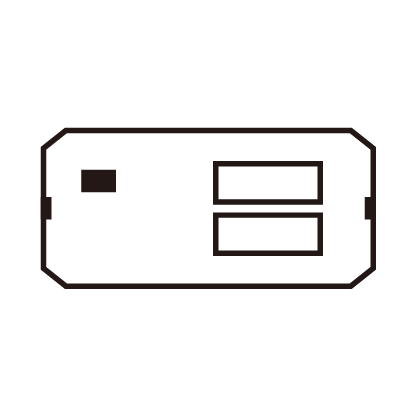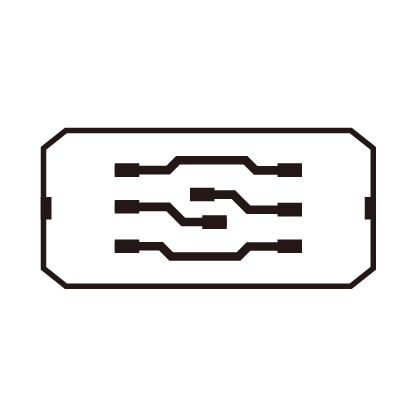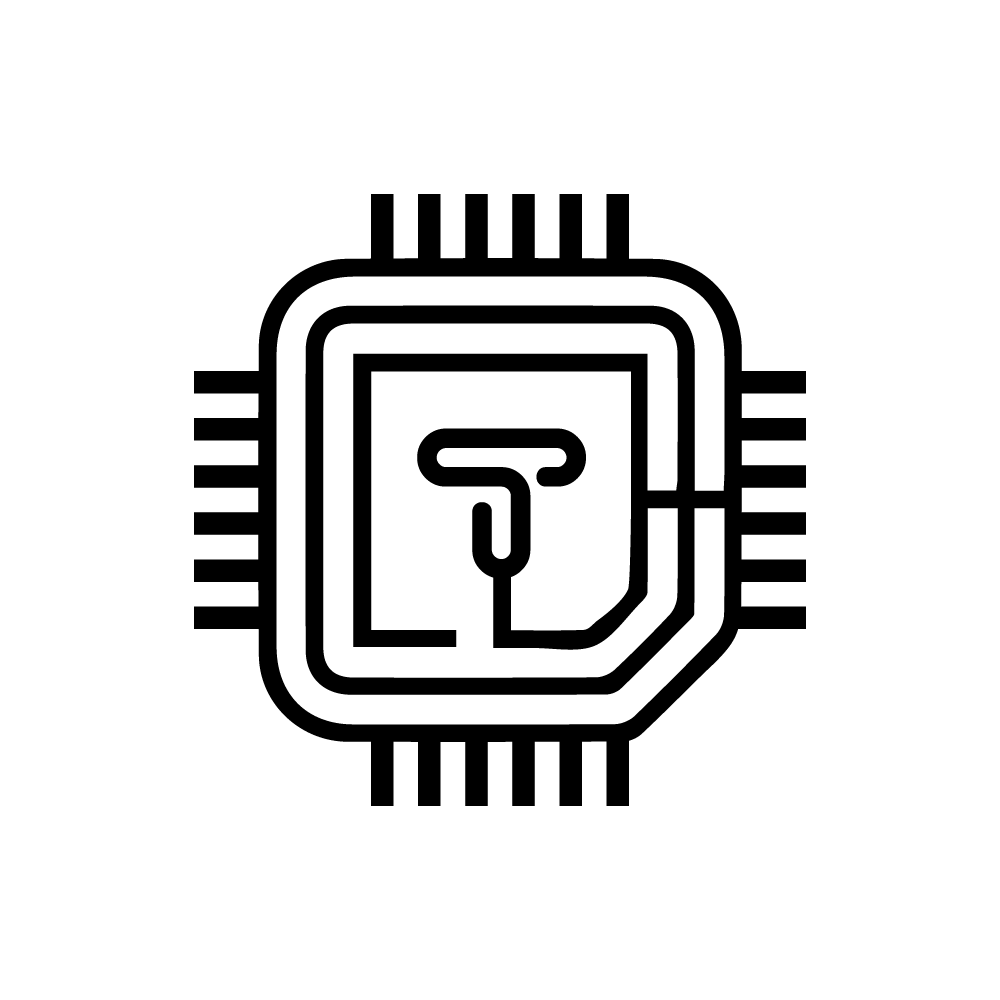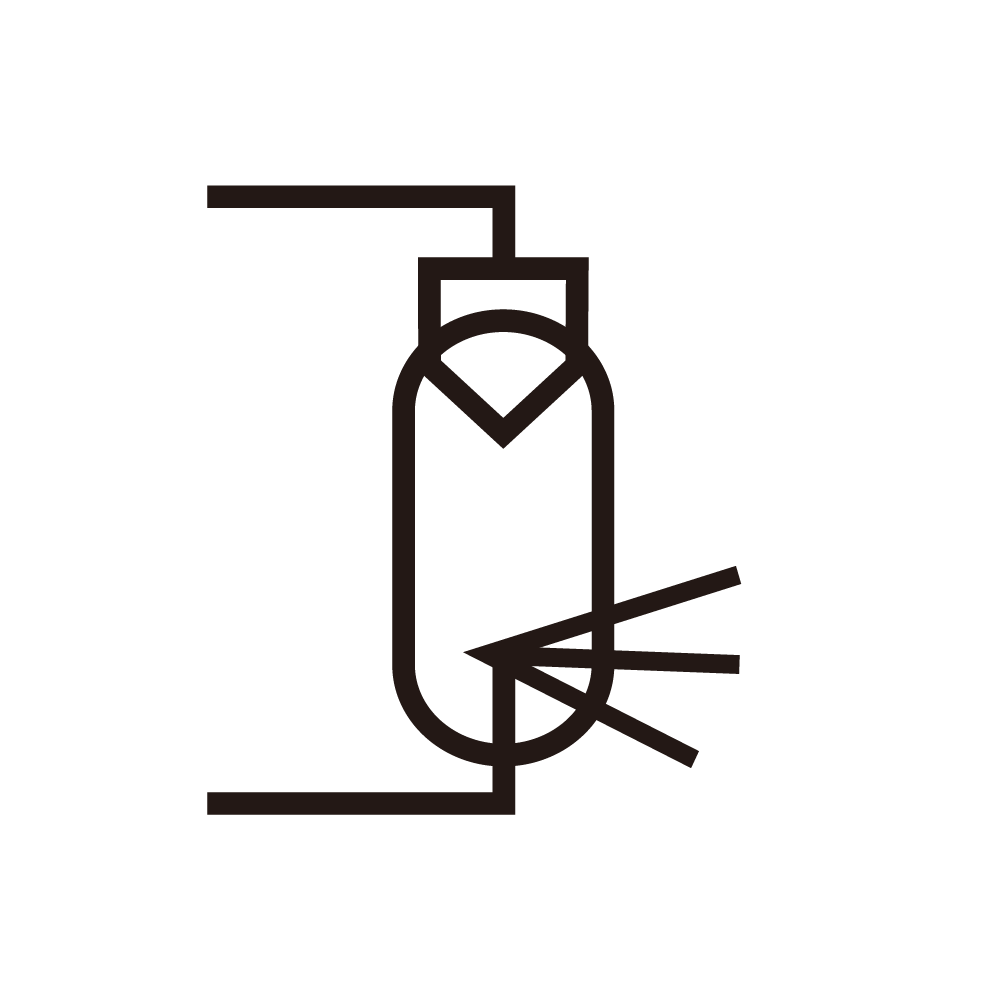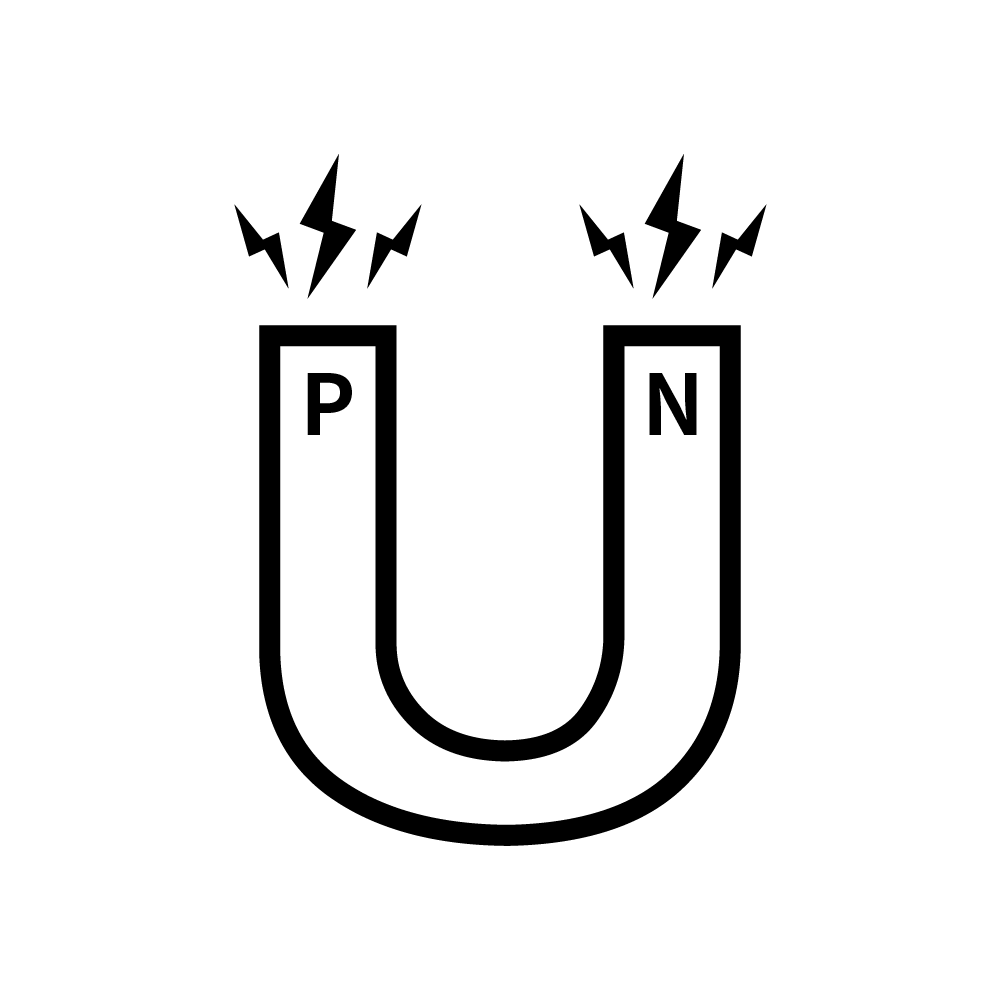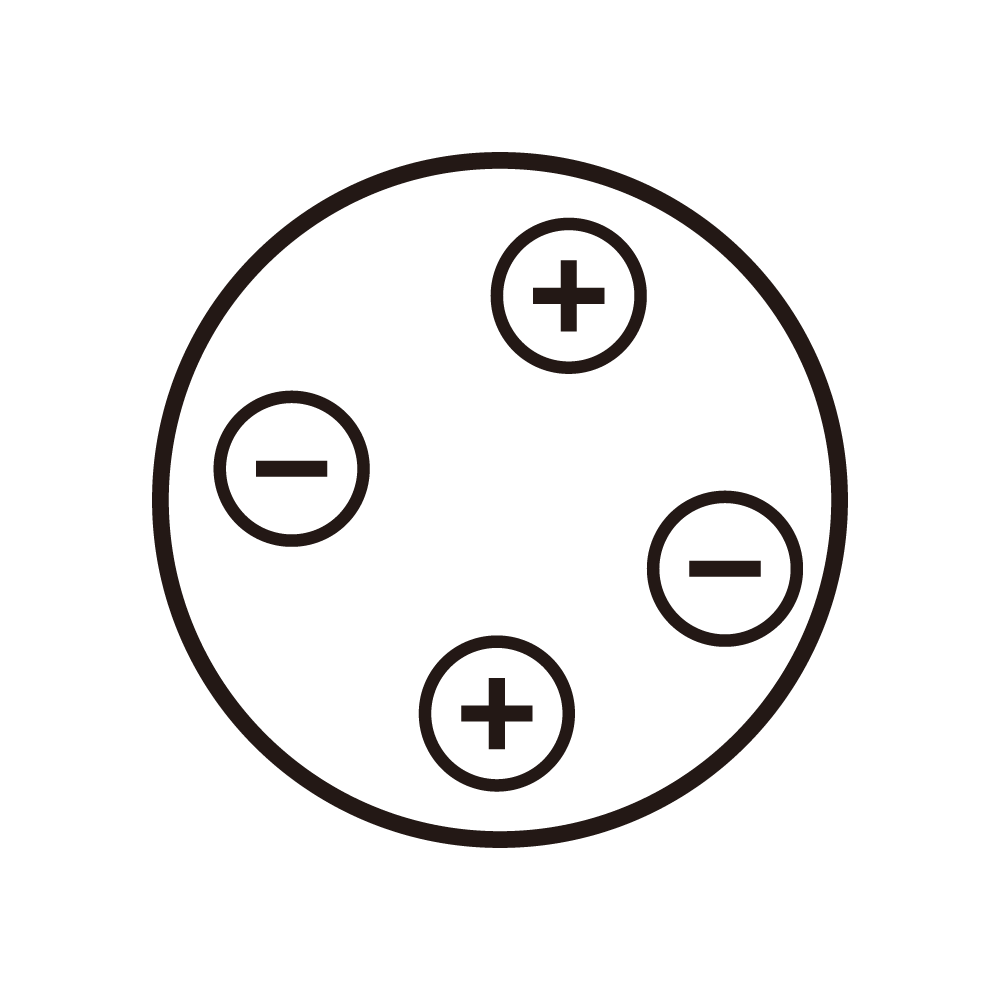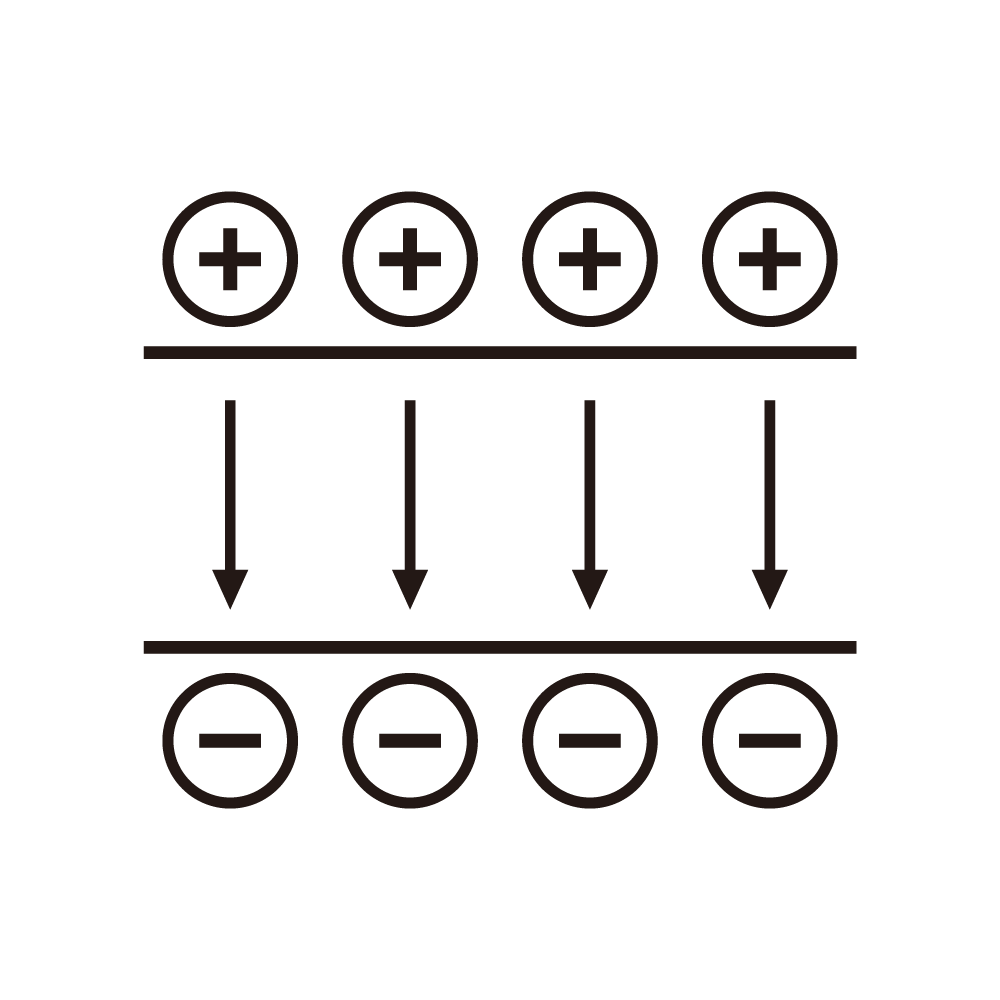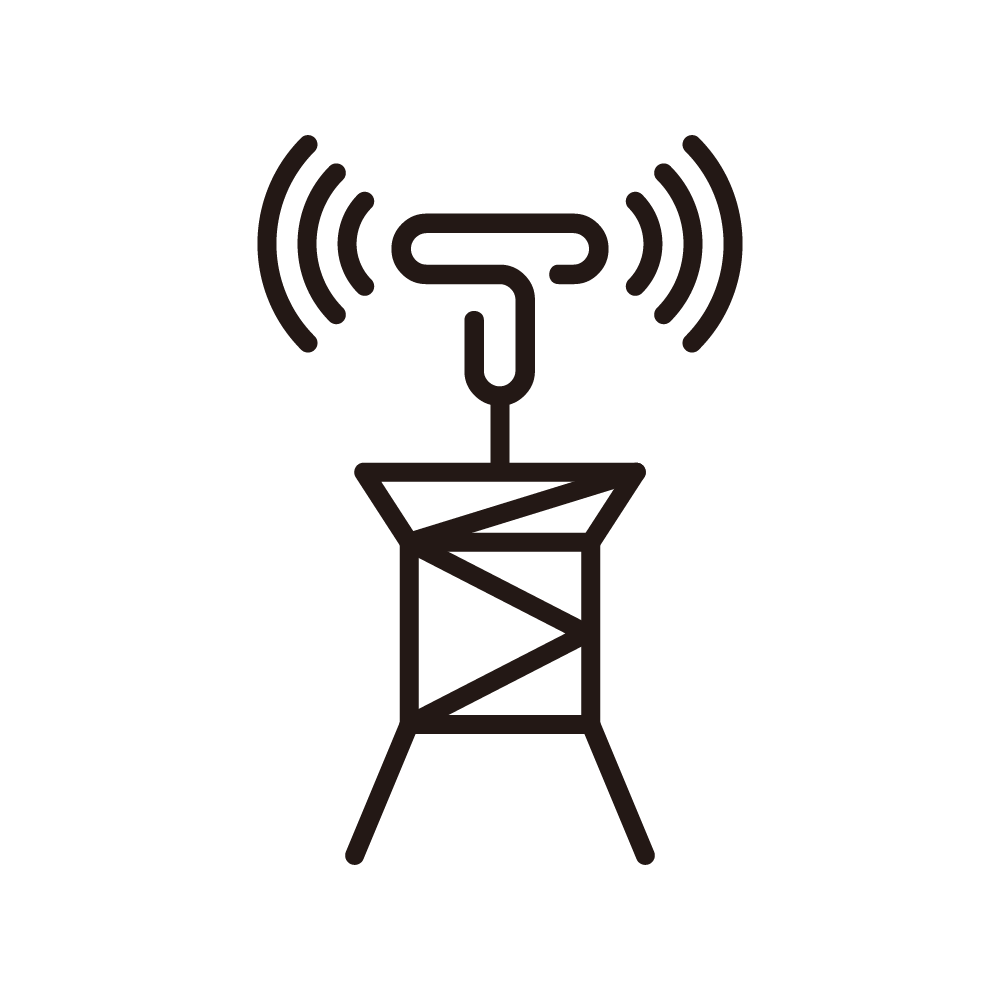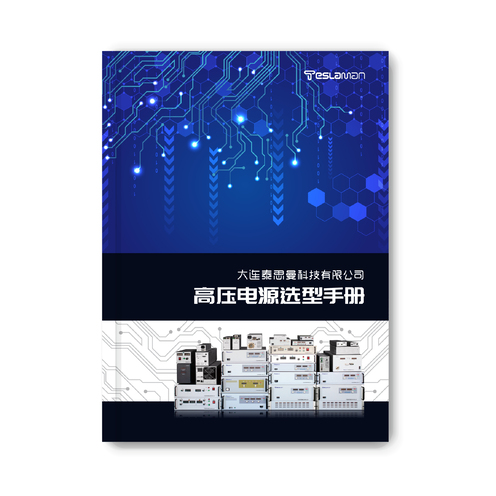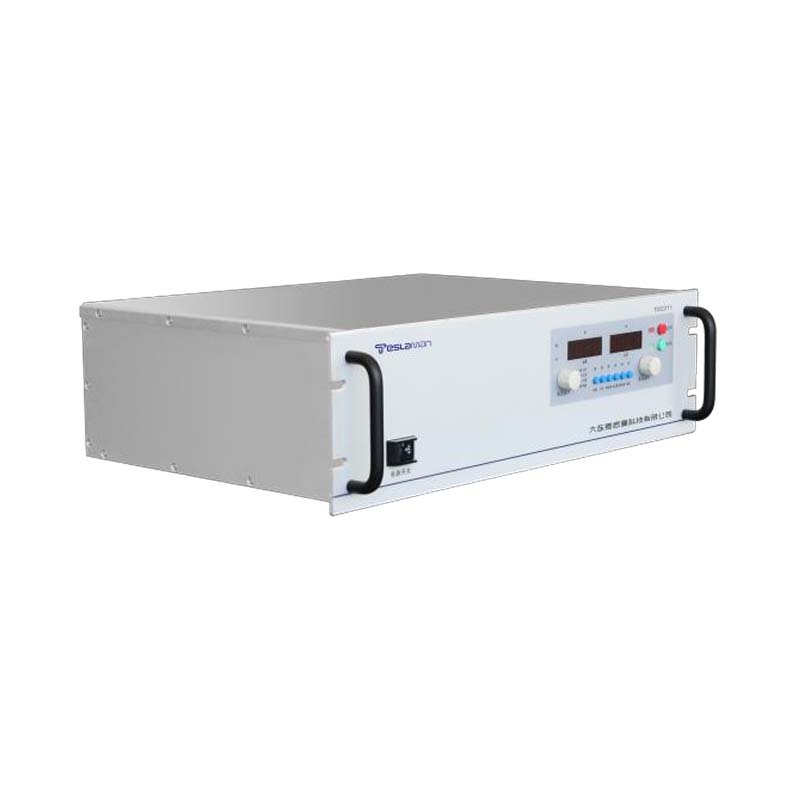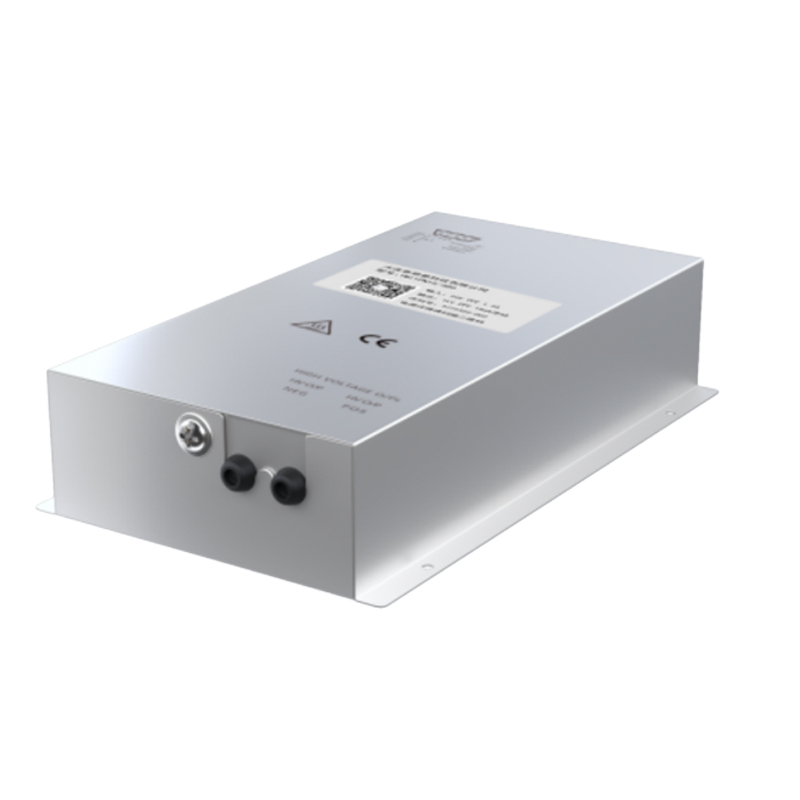Noise Suppression of High-Voltage Power Supplies for Semiconductor Testing
In the field of semiconductor testing, high-voltage power supplies play a crucial role. However, the issue of noise often plagues the application of high-voltage power supplies and has a negative impact on the accuracy and reliability of test results. Therefore, it is of great significance to conduct in-depth research on noise suppression of high-voltage power supplies for semiconductor testing.
There are multiple reasons for the generation of noise in high-voltage power supplies. Firstly, the characteristics and working states of internal electronic components are important factors. For example, switching elements will generate electromagnetic interference during the rapid switching process, and this interference propagates outward in the form of electromagnetic waves, becoming a noise source. Secondly, unreasonable layout and wiring of the power supply circuit can also cause noise. If the distances between lines are too close or there are loops, it is easy to form electromagnetic coupling, resulting in the generation and propagation of noise. Moreover, external environmental factors such as fluctuations in grid voltage and electromagnetic radiation from other surrounding electrical equipment can also interfere with high-voltage power supplies, further exacerbating the noise problem.
Noise can cause many adverse effects on semiconductor testing. In high-precision semiconductor parameter testing, noise may mask the real signals of the devices under test, causing deviations in test data. For example, in the detection of some weak signals, noise may lead to misjudgments, regarding originally normal signals as abnormal ones, or vice versa. This is extremely detrimental to the quality assessment and performance analysis of semiconductor products and may lead to defective products entering the market or unnecessary improvements to products, increasing production costs and time costs.
To suppress the noise of high-voltage power supplies for semiconductor testing, measures can be taken from multiple aspects. At the level of power supply circuit design, the adoption of appropriate filtering circuits is crucial. For example, a low-pass filter can effectively filter out high-frequency noise and allow direct current or low-frequency signals to pass smoothly, thereby reducing the impact of noise on the output voltage. Meanwhile, optimizing the drive circuits of switching elements to enable them to switch more smoothly and reduce the electromagnetic interference generated during the switching process. In terms of circuit layout, following the principles of electromagnetic compatibility, arranging the positions of various components reasonably, increasing the distances between lines, and reducing electromagnetic coupling. Adopting a multi-layer printed circuit board design, arranging lines with different functions on different layers, and setting up dedicated ground layers and power layers to provide good return paths for noise, thereby reducing the propagation of noise on the circuit board.
In addition, shielding technology is also an effective means of noise suppression. Shielding key parts of high-voltage power supplies can block the intrusion of external electromagnetic radiation and also prevent internal noise from leaking out. The choice of shielding materials should be determined according to specific requirements and frequency ranges. For example, metal shielding enclosures have a good shielding effect on high-frequency electromagnetic interference. At the input and output ends of the power supply, magnetic beads, common-mode inductors and other components can be used to suppress common-mode noise and differential-mode noise. These components can utilize their special electromagnetic properties to block noise currents while having a relatively small impact on normal signal currents.
In terms of software control, noise suppression can also be achieved through algorithms. For example, using digital signal processing technology to monitor and analyze the output voltage in real time. When noise signals are detected, the output of the power supply can be adjusted through feedback control to compensate for the impact of noise on the voltage. This combination of software and hardware can suppress noise more comprehensively and improve the performance of high-voltage power supplies in semiconductor testing.
In conclusion, noise suppression of high-voltage power supplies for semiconductor testing is a complex and systematic project that requires comprehensive consideration and the adoption of effective measures from aspects such as circuit design, layout and wiring, shielding technology, and software control. Only in this way can the impact of noise on test results be minimized, the accuracy and reliability of semiconductor testing be improved, and strong technical support be provided for the development of the semiconductor industry. With the continuous progress of semiconductor technology, the requirements for noise suppression of high-voltage power supplies will become higher and higher, and the research and innovation of related technologies will also continue to advance.
